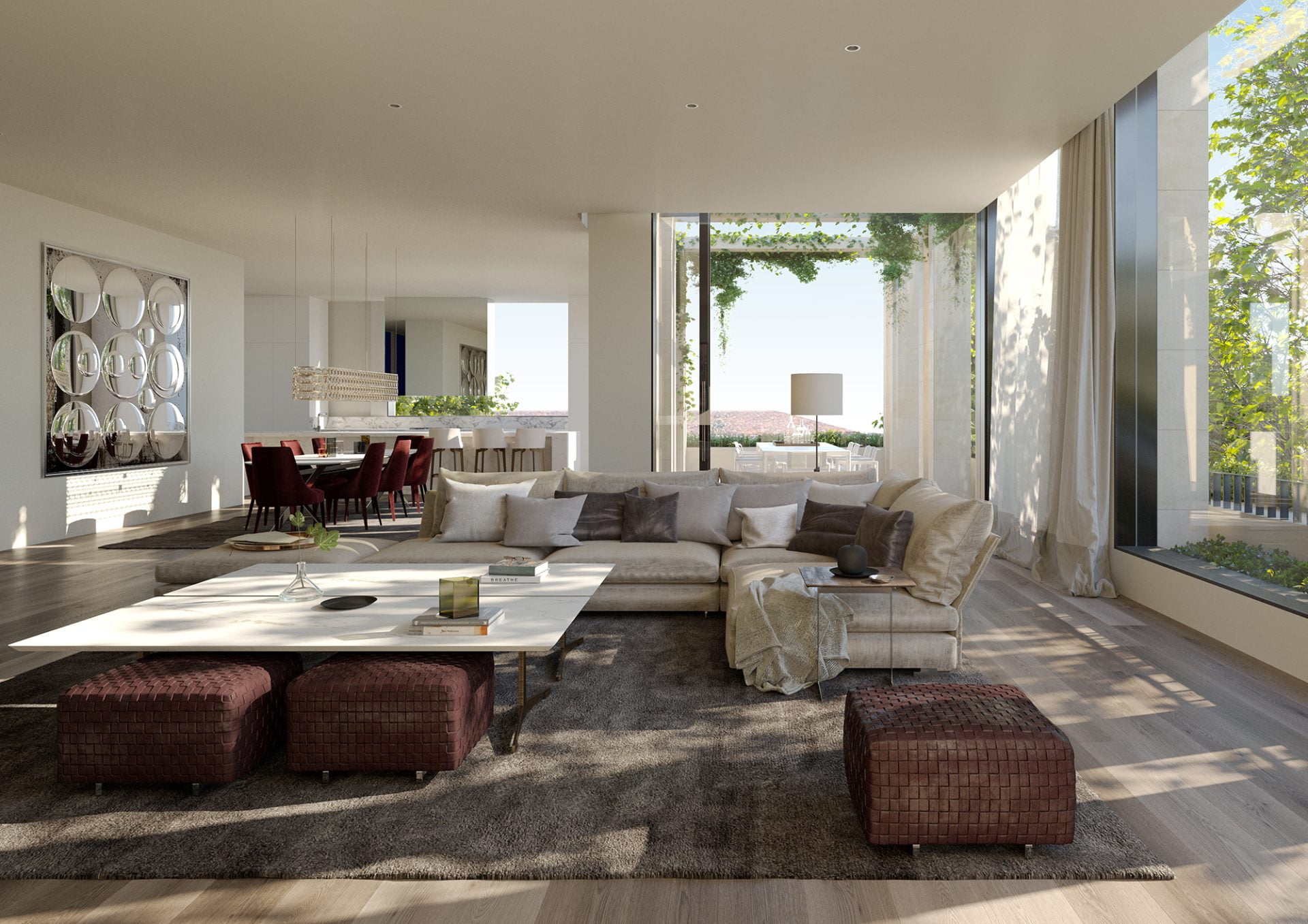Today, interior architecture has become a discipline in which spaces are designed not only for their physical structure, but also for the human experience. Interiors are no longer limited to functionality, but also include factors such as aesthetics, emotion and comfort. Here is a compilation of how interior architecture is transforming spaces and why the demand for specialists in this field is growing.
Interior Architecture: Where Aesthetics and Functionality Meet
Interior architecture is a discipline concerned with the design and organization of spaces. Interior architects aim to create an optimal interior space by combining the intended use of the space, user needs and aesthetic expectations. This covers all types of spaces, from homes to offices, restaurants to hotels.
Functionality and Comfort
The functionality of interior spaces is one of the priorities of interior designers. An interior space needs to meet the needs of its users and offer a comfortable experience. This is where interior designers carefully plan the arrangement of the space, the choice of furniture, the lighting plan and more.
Aesthetic and Visual Pleasure
Interior designers take on the task of creating the aesthetic appearance and atmosphere of the space. Color selection, use of materials, furniture design and decoration shape the aesthetic quality of the space. A good interior designer makes the space beautiful and attractive by considering every detail.
Human Emotion and the Meaning of Space
Interiors can affect people’s emotional responses. A good interior designer designs a space to offer a certain feeling to its users. For example, a hotel lobby should give a feeling of warmth and comfort, a restaurant can create romance or liveliness.
Technology and Sustainability
Interior designers use technology in the design and functioning of spaces. Factors such as smart home systems, lighting control, energy efficiency are things that interior designers take into account. Sustainability is also of great importance. The use of recyclable materials, energy saving and eco-friendly design contribute to the sustainability of interiors.
Conclusion
Interior architecture is a field that combines art and science related to the aesthetics and functionality of spaces. A good interior designer not only makes spaces visually appealing, but also meets the needs of users and enriches the meaning of the space. Interior architecture is an art that requires knowledge, creativity and sensitivity in the process of transforming spaces. Therefore, the demand for interior designers is growing steadily because people are looking for more comfort, functionality and aesthetics in their spaces. Interior designers have the knowledge and experience to meet these demands and redefine spaces, making our lives better every day.
